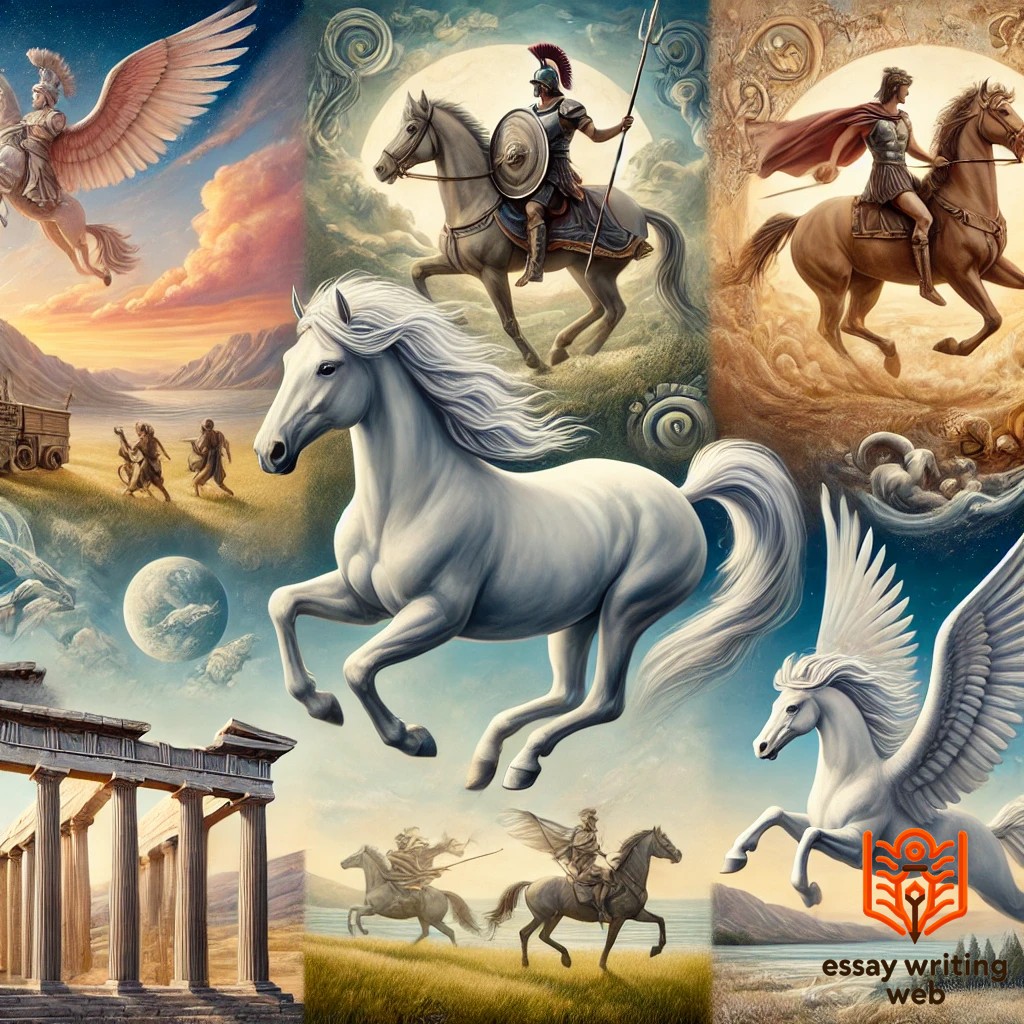 Essay Writing Web
Essay Writing Web
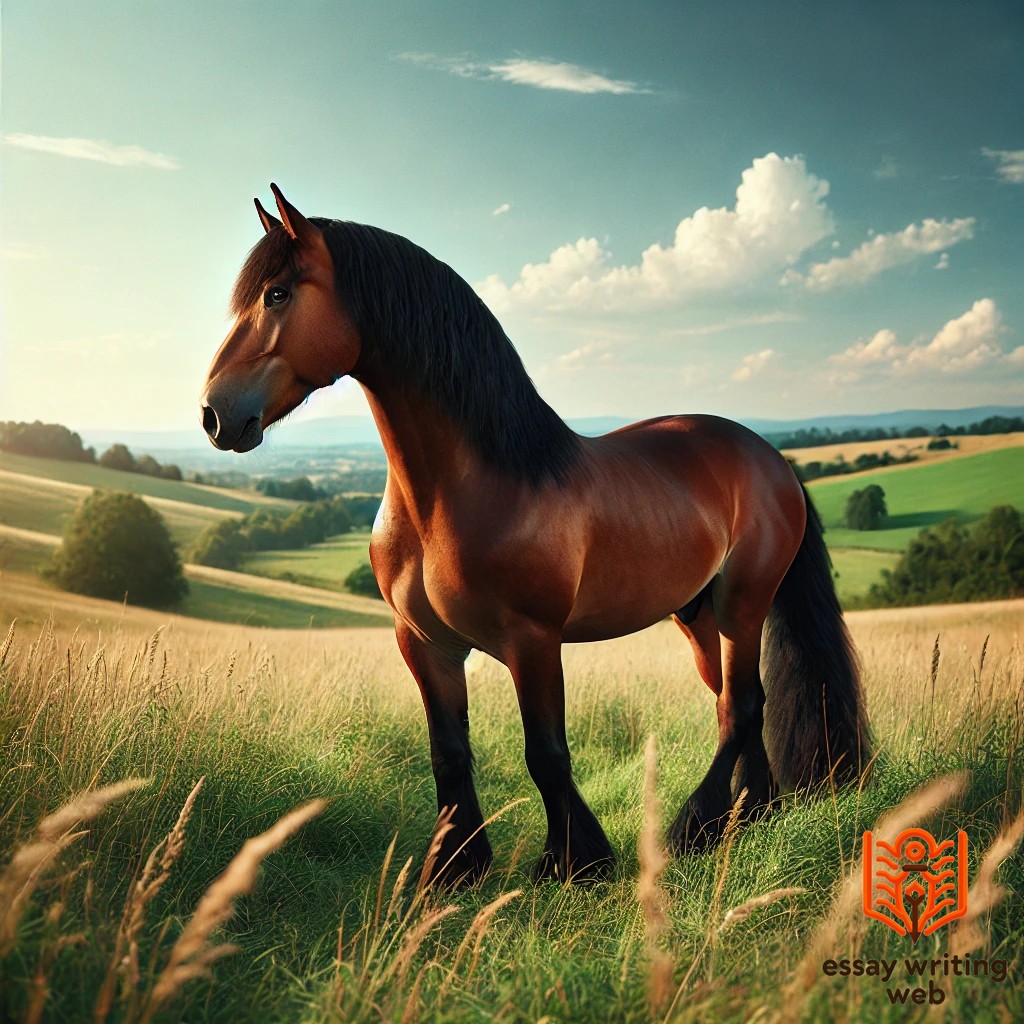
 16-09-2024
16-09-2024
 www.essaywritingweb.com
www.essaywritingweb.com
The horse, an iconic and majestic animal, has held a significant place in human history for thousands of years. Known for its speed, strength, and intelligence, the horse has been a reliable companion to humans, contributing immensely to transportation, agriculture, warfare, and recreation. With their strong muscular build and sleek appearance, horses symbolize grace and power.
Originating from wild herds, horses were domesticated by humans around 4000 BCE. Since then, they have been instrumental in shaping civilizations. Their role as a mode of transport was crucial before the invention of motor vehicles. From carrying warriors into battlefields to plowing farmlands, horses were indispensable across cultures. Whether it was the nomadic tribes of the Mongols or the cavalry units of European armies, the horse has always been a symbol of mobility and power.
Physically, horses vary in size, color, and breed, each bred for specific purposes. Breeds like the Thoroughbred are known for racing, while draft horses are bred for heavy work. Their adaptability makes them useful across various terrains, whether in mountains, deserts, or open plains.
Apart from their historical significance, horses today are admired for their athleticism and grace in sports like racing, show jumping, and polo. They also serve in therapeutic roles, offering emotional support and rehabilitation to people through equine-assisted therapies.
In modern times, despite technological advances, the bond between humans and horses remains strong. They continue to be a symbol of freedom, strength, and endurance. Their ability to form close relationships with humans reflects their intelligent, gentle nature, making them not only working animals but beloved companions. The horse’s influence in shaping human history is undeniable, making it one of the most respected and cherished animals in the world.
The horse is a large, muscular, and agile animal known for its impressive physical characteristics. Standing on four strong, slender legs, horses have an athletic build designed for speed and endurance. Depending on the breed, horses vary in height, typically ranging from 4.5 to 6 feet tall at the shoulder, known as the withers. They can weigh anywhere from 900 to over 2,000 pounds, depending on the type and purpose of the breed.
A horse’s body is covered in short, smooth hair that can come in a variety of colors, such as black, brown, gray, white, chestnut, or bay. Some horses also have markings, such as white patches on their faces or legs, which add to their unique appearance. The horse's mane and tail are made of longer, coarser hair, providing not only an aesthetic element but also protection against insects and the weather.
One of the most striking features of the horse is its long, strong neck, which provides balance and agility during movement. Horses also have large, expressive eyes located on the sides of their heads, giving them a wide field of vision. Their large nostrils and sensitive sense of smell help them detect predators or unfamiliar scents.
Horses are equipped with hard, durable hooves that support their weight and allow them to travel long distances over rough terrain. Their ability to gallop at high speeds and navigate diverse landscapes showcases their physical prowess, making them one of the most versatile and majestic animals in the animal kingdom.
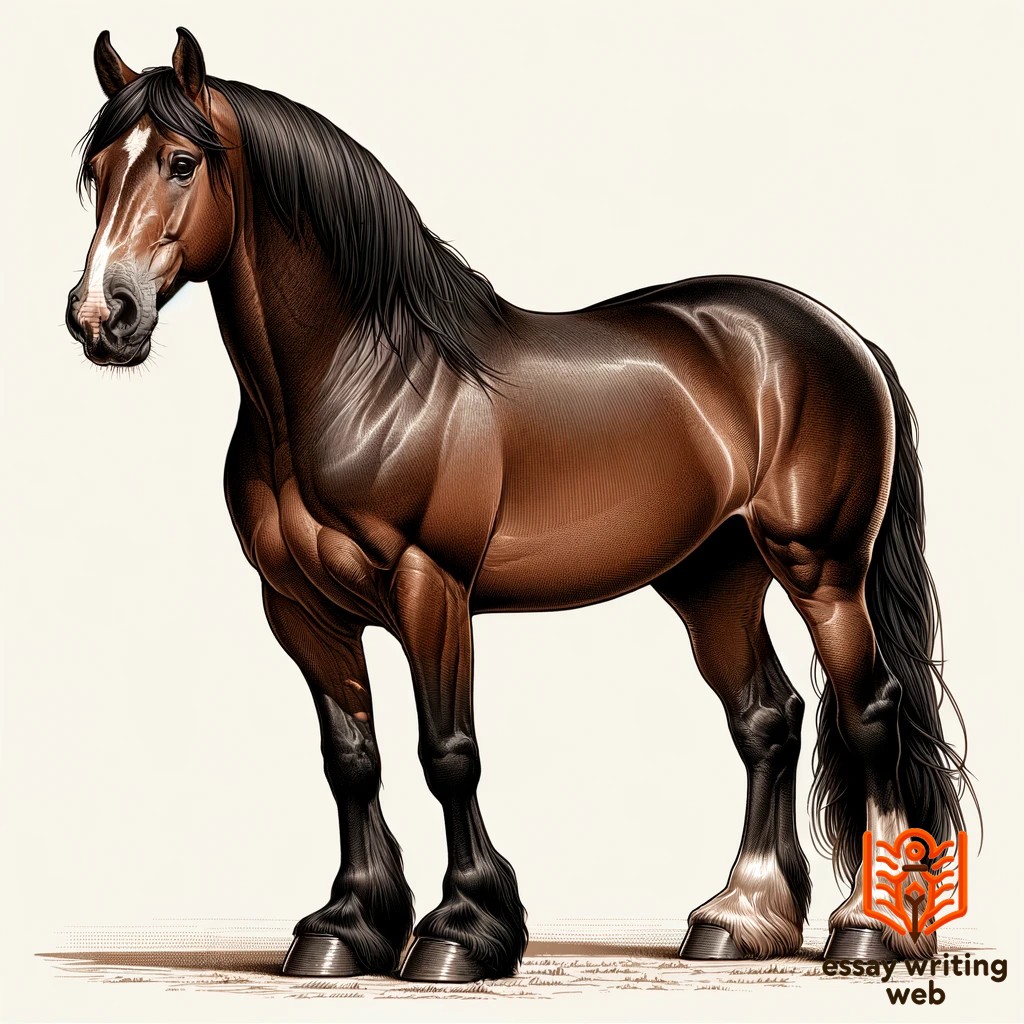
Horses come in a wide variety of breeds, each with unique characteristics that serve different purposes. The types of horses are generally categorized based on their size, build, and the activities they are best suited for, such as racing, farming, or recreational riding. Some of the most well-known types of horses include Thoroughbreds, Arabians, Draft horses, and Ponies.
Thoroughbreds are famous for their speed and endurance, making them the top choice for horse racing. These horses are tall, slender, and built for agility. Their long legs and lean body allow them to reach impressive speeds, which is why they dominate in competitive racing events worldwide.
Arabians, one of the oldest and most recognizable horse breeds, are known for their beauty, intelligence, and stamina. They have a distinct high tail carriage, arched neck, and small, refined head. Arabians are often used in endurance racing and are highly prized for their strength and endurance over long distances.
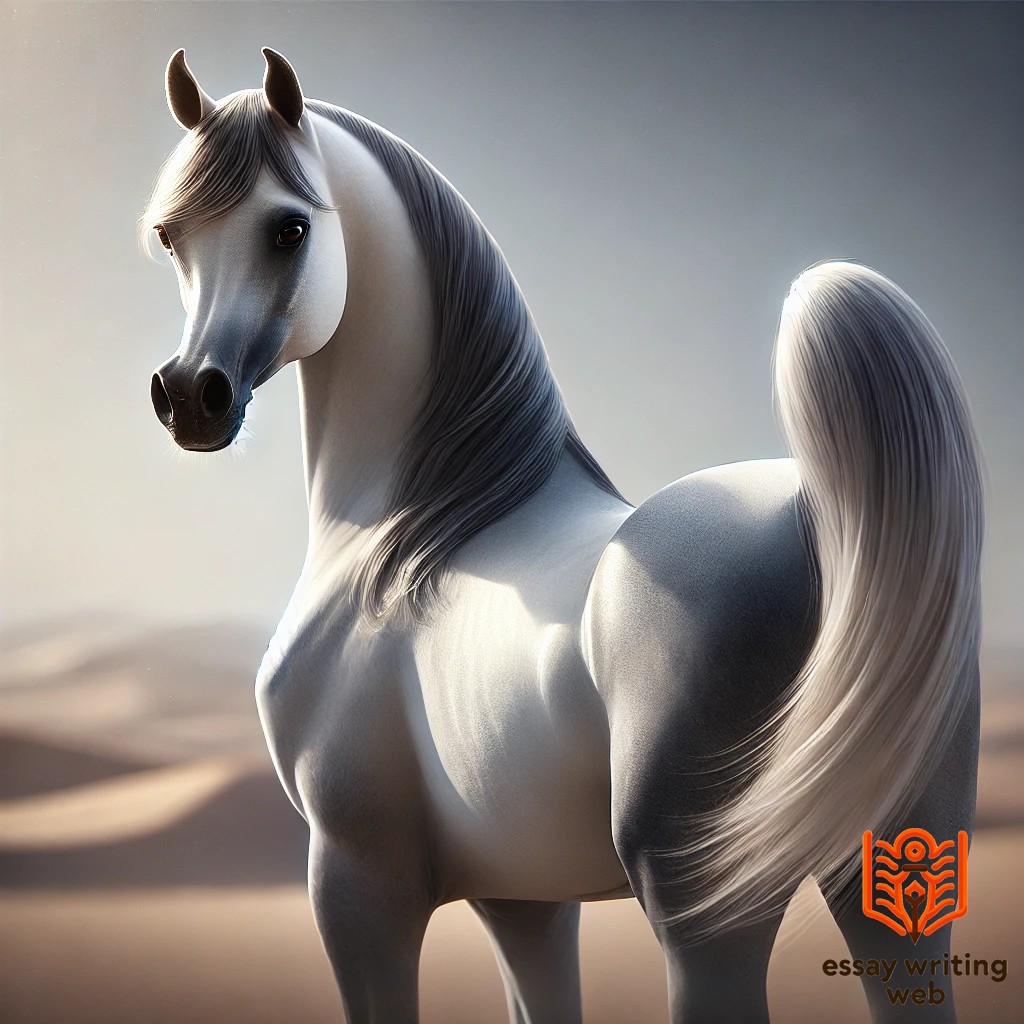
Draft horses, such as the Clydesdale or Percheron, are much larger and more muscular than other breeds. These horses were historically used for heavy labor, such as pulling plows and carriages. Their large size, coupled with their calm temperament, makes them ideal for work that requires strength and stability.
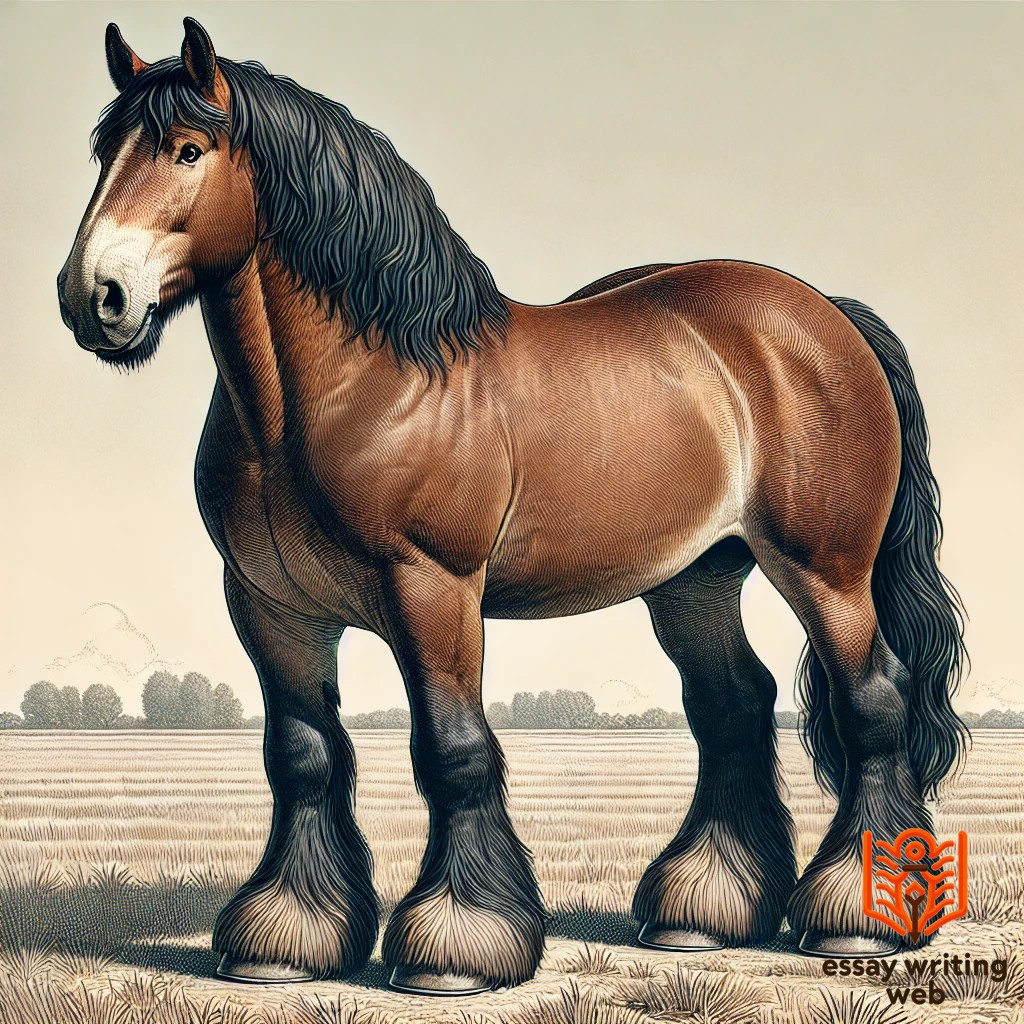
Ponies, although smaller in size, are a separate type of horse that is often used for children or light work. They are sturdy and often more resilient than larger horses. Breeds like the Shetland pony is known for their hardiness and ability to navigate tough terrains.
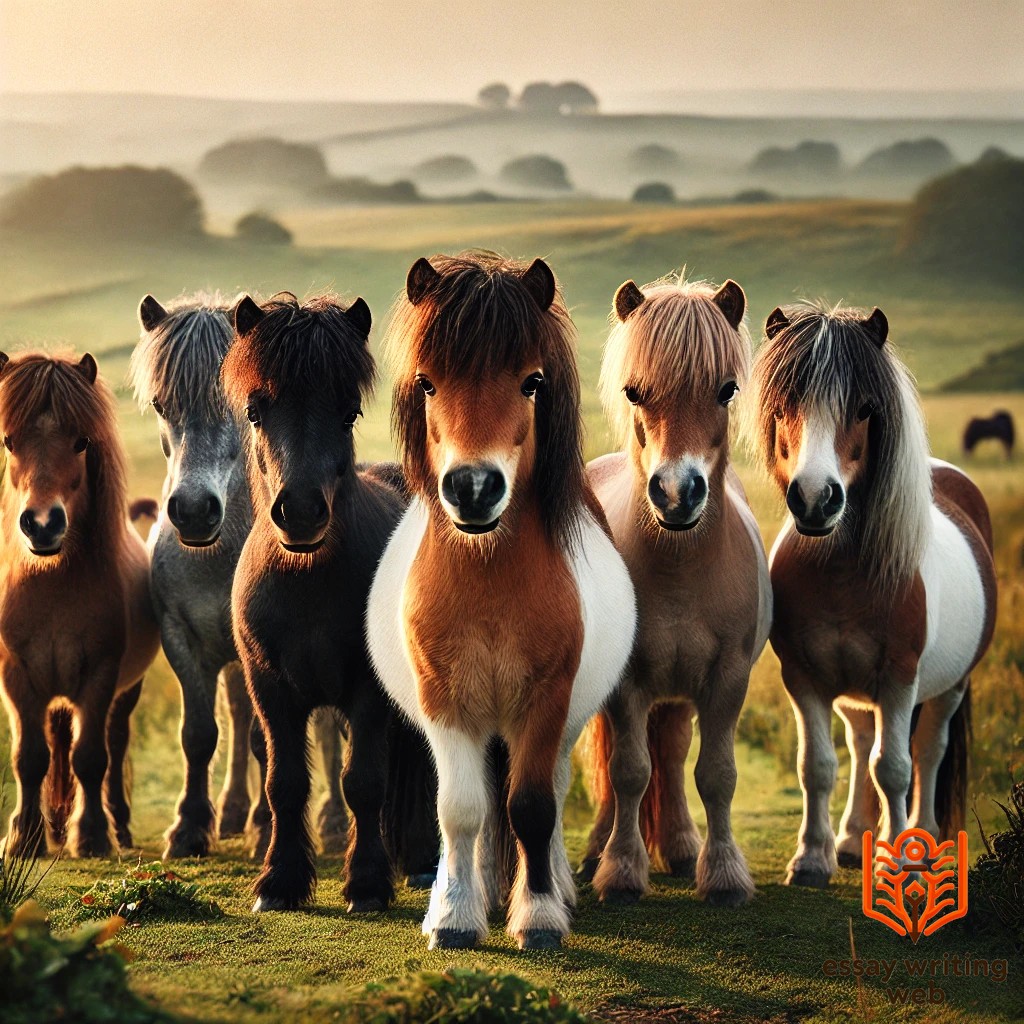
Each of these types of horses has been bred for specific traits, making them highly specialized for their intended purposes, while all remain majestic and beloved animals across the world.
Horses have played a crucial role in shaping human history, serving as one of humanity’s most reliable companions for thousands of years. Before the advent of modern transportation, horses were indispensable for travel, trade, agriculture, and warfare, significantly contributing to the development of civilizations.
Their speed and endurance allowed people to travel long distances, facilitating trade and communication between distant regions. Horses were essential in the growth of empires, helping to connect territories and spread cultures.
Horses also played a pivotal role in warfare. Cavalry units became a formidable force in battles, as mounted soldiers had a significant advantage over foot soldiers. Famous historical figures like Alexander the Great, Genghis Khan, and Napoleon Bonaparte relied heavily on cavalry to conquer vast lands and win decisive battles. The horse’s ability to navigate different terrains made it an invaluable asset in military campaigns.
In agriculture, horses were used for plowing fields, pulling carts, and transporting goods, making farming more efficient. Draft horses, known for their strength, were widely employed in rural economies before the invention of tractors.
Horses were not just work animals; they also became symbols of power and prestige in various cultures. Throughout history, horses have been featured in art, literature, and folklore, representing strength, freedom, and nobility.
Though technology has replaced their practical uses, horses remain deeply ingrained in human history, symbolizing the enduring relationship between man and animal.
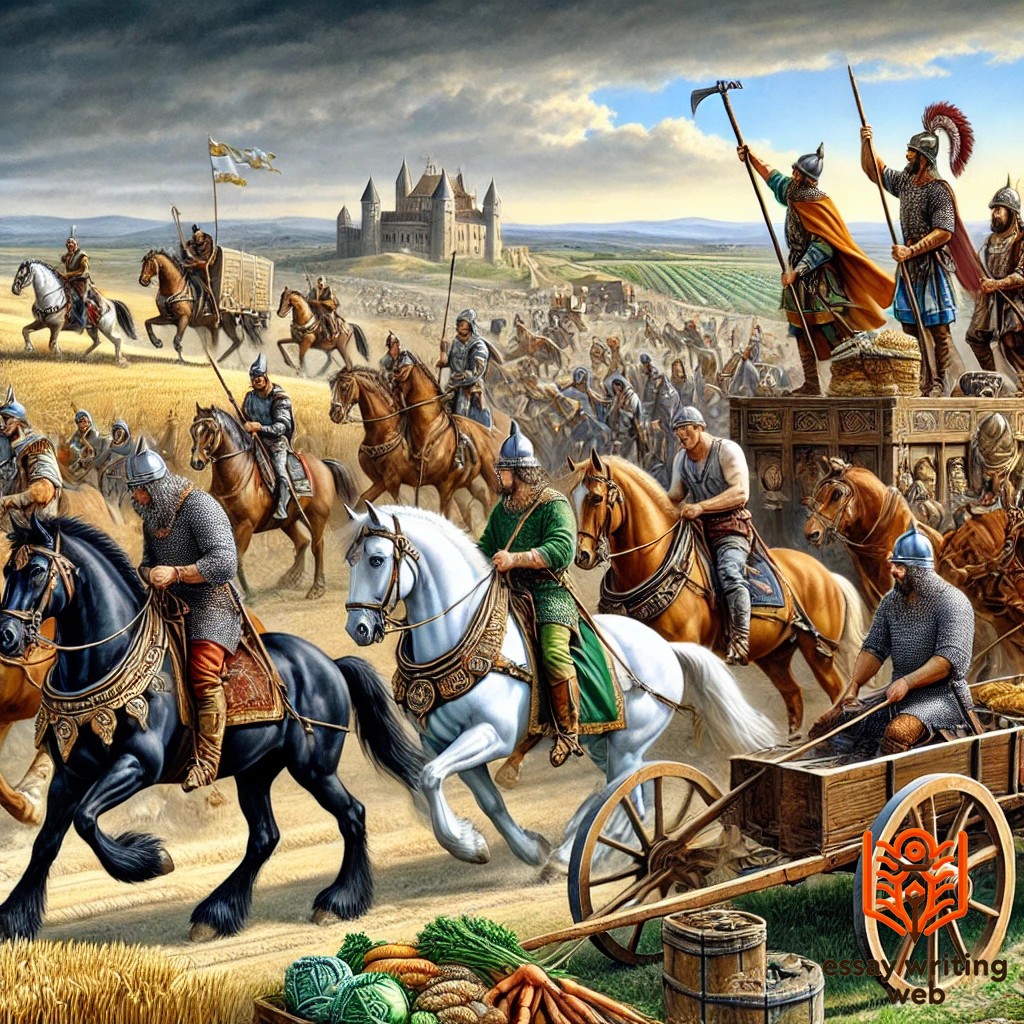
Horses have long been integral to sports and recreation, serving as companions in competitive events and leisure activities. Their speed, strength, and grace make them ideal participants in various sports, from racing to equestrian events. The athleticism and elegance of horses have captivated humans for centuries, creating a bond between rider and horse that transcends time and culture.
One of the most prominent horse-related sports is horse racing, often dubbed the "sport of kings." Thoroughbred horses are bred specifically for speed and endurance, making them ideal for this fast-paced and thrilling sport. Major events such as the Kentucky Derby and the Royal Ascot attract large crowds and are integral to the global horse-racing industry. Betting on horse races adds an extra layer of excitement for fans and participants alike.
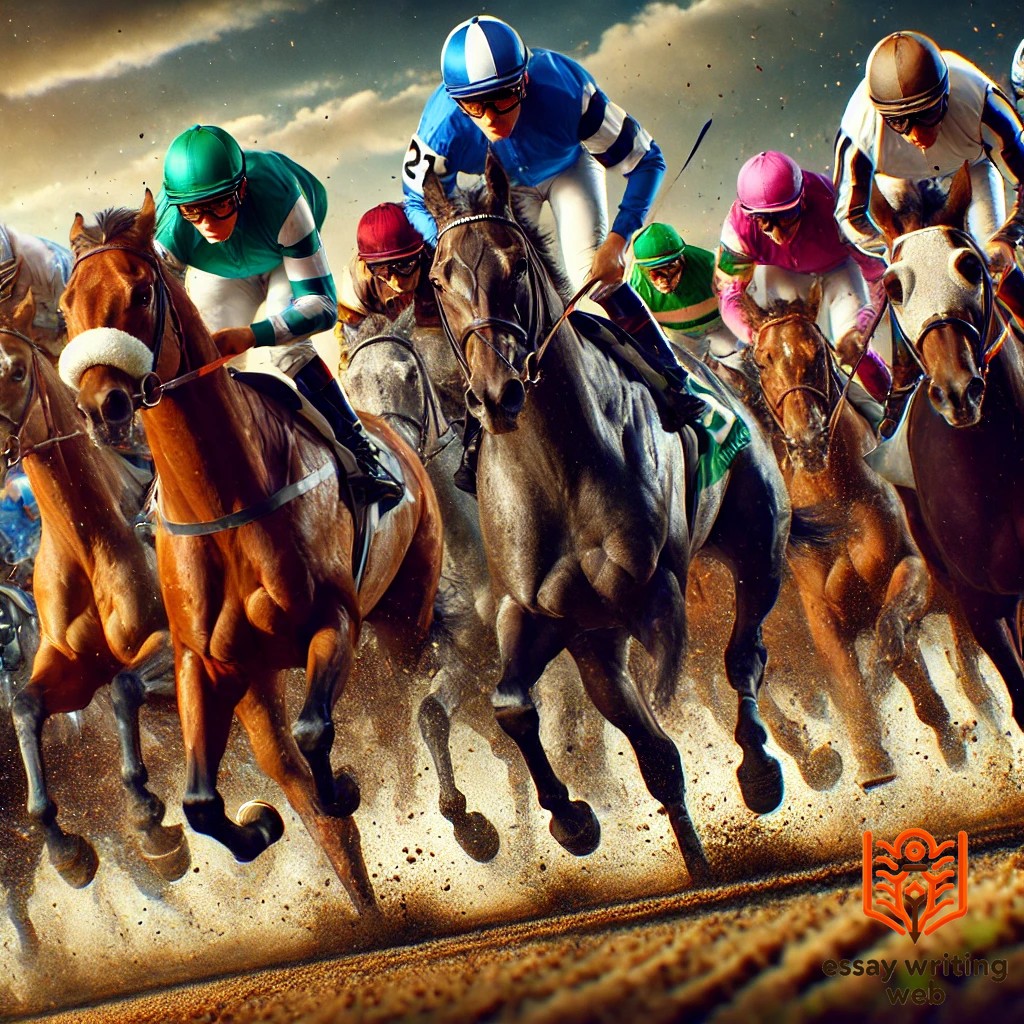
Beyond racing, equestrian sports such as show jumping, dressage, and eventing test both the horse’s agility and the rider’s skill. In show jumping, horses leap over a series of obstacles with precision and grace, while dressage involves a series of intricate movements performed by the horse in response to the rider’s commands, showcasing the deep connection between horse and rider.

Polo, a fast-paced team sport, also relies heavily on the agility and endurance of horses. In this game, riders use mallets to hit a ball toward the opponent’s goal while maneuvering their horses at high speeds, requiring both the rider’s control and the horse’s quick reflexes.

Horses are also widely used in recreational riding, which provides a relaxing and enjoyable experience for people of all ages. Therapeutic riding, or equine therapy, uses the calming presence of horses to help people with physical and emotional challenges.

In both sports and recreation, horses remain valued partners, embodying the perfect blend of power, grace, and companionship, enhancing human experiences through physical competition and emotional connection.
Caring for horses is a responsibility that requires dedication, knowledge, and attention to detail. Horses, being large and active animals, need proper nutrition, grooming, exercise, and medical care to thrive. Providing a healthy and comfortable environment for them ensures their physical well-being and fosters a deep bond between the horse and its caretaker.
Nutrition plays a critical role in a horse's health. Horses are herbivores and primarily feed on grasses, hay, and grains. A balanced diet rich in fiber is essential for maintaining their digestive system. Access to fresh water is also vital, as horses need to stay hydrated to support their energy levels and overall health. In some cases, dietary supplements are added to ensure the horse receives all the necessary vitamins and minerals.
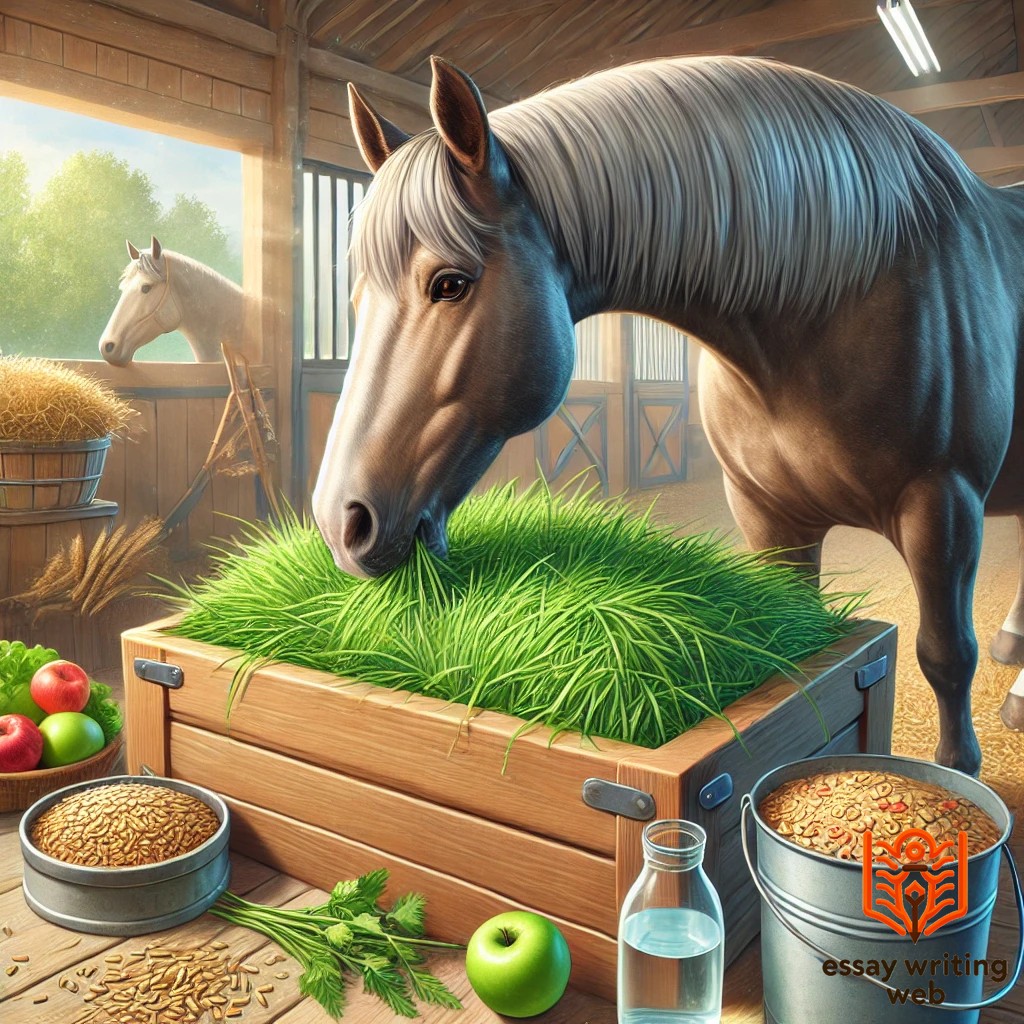
Grooming is another important aspect of horse care. Regular brushing helps to keep the horse’s coat clean and healthy by removing dirt, sweat, and loose hair. It also stimulates blood circulation and provides an opportunity to check for skin irritations, cuts, or other issues. Cleaning the hooves is equally crucial, as it prevents infections like thrush and keeps the horse’s feet in good condition.
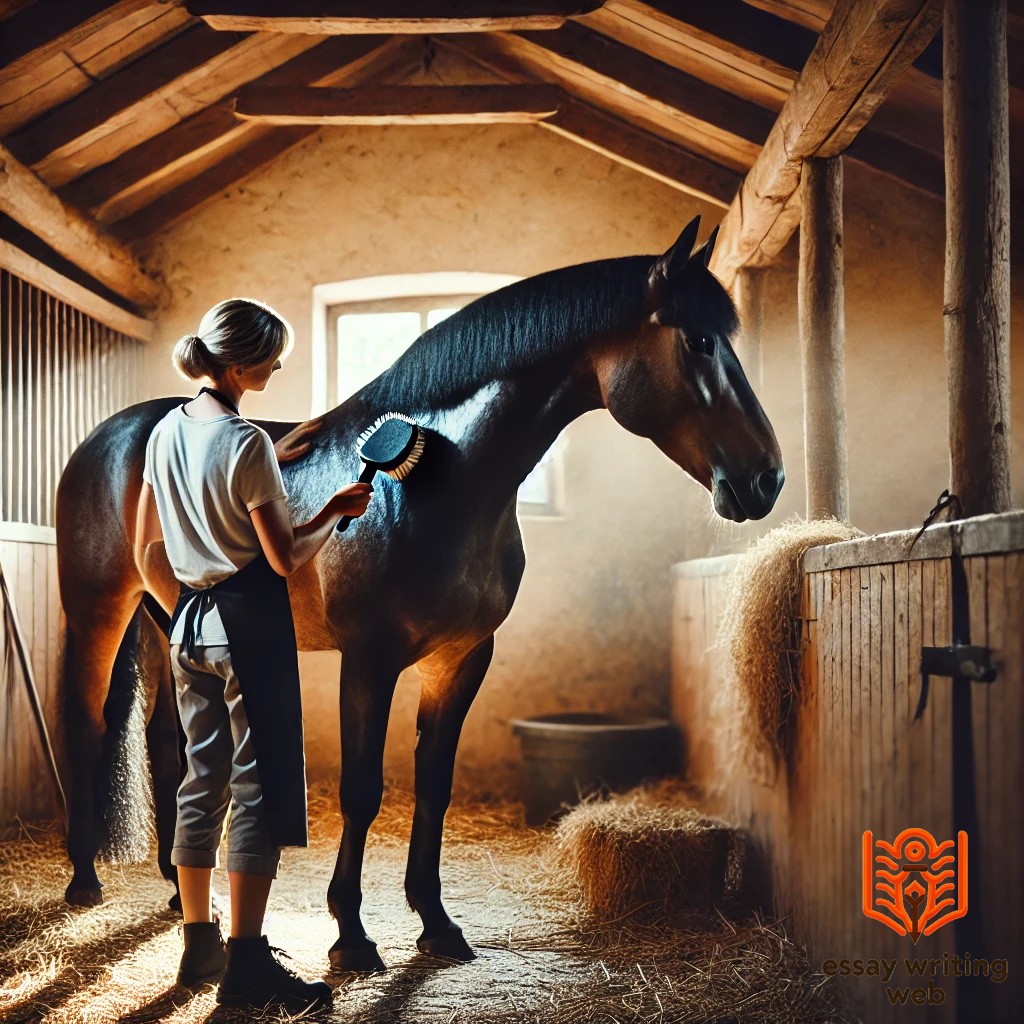
Exercise is essential to a horse’s physical and mental health. Horses are naturally active animals, and regular exercise helps to maintain their muscle tone, joint health, and cardiovascular fitness. Whether it’s through riding, lunging, or turnout in a pasture, movement is key to their well-being.
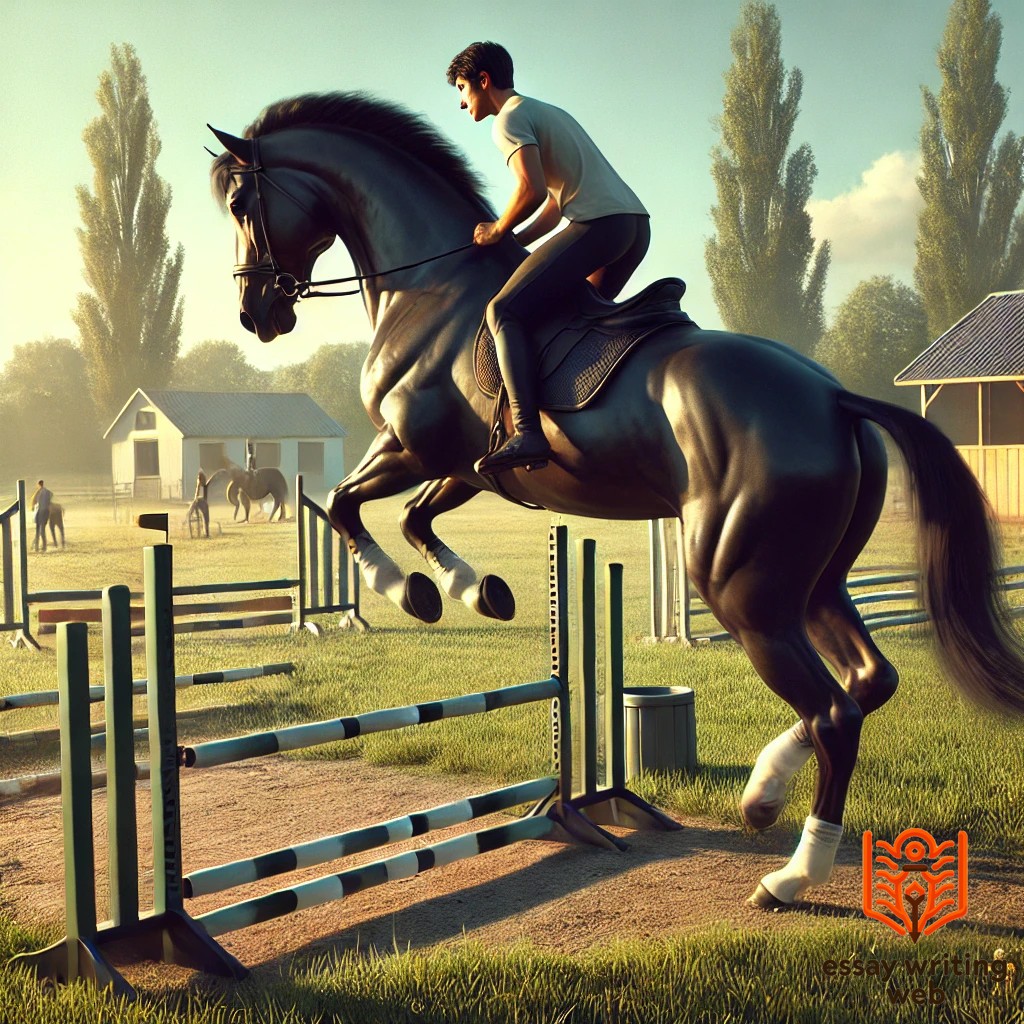
Lastly, veterinary care is essential for the prevention and treatment of illnesses. Horses require regular vaccinations, dental check-ups, and deworming. Monitoring a horse’s health and addressing any medical concerns promptly is crucial for ensuring its longevity.
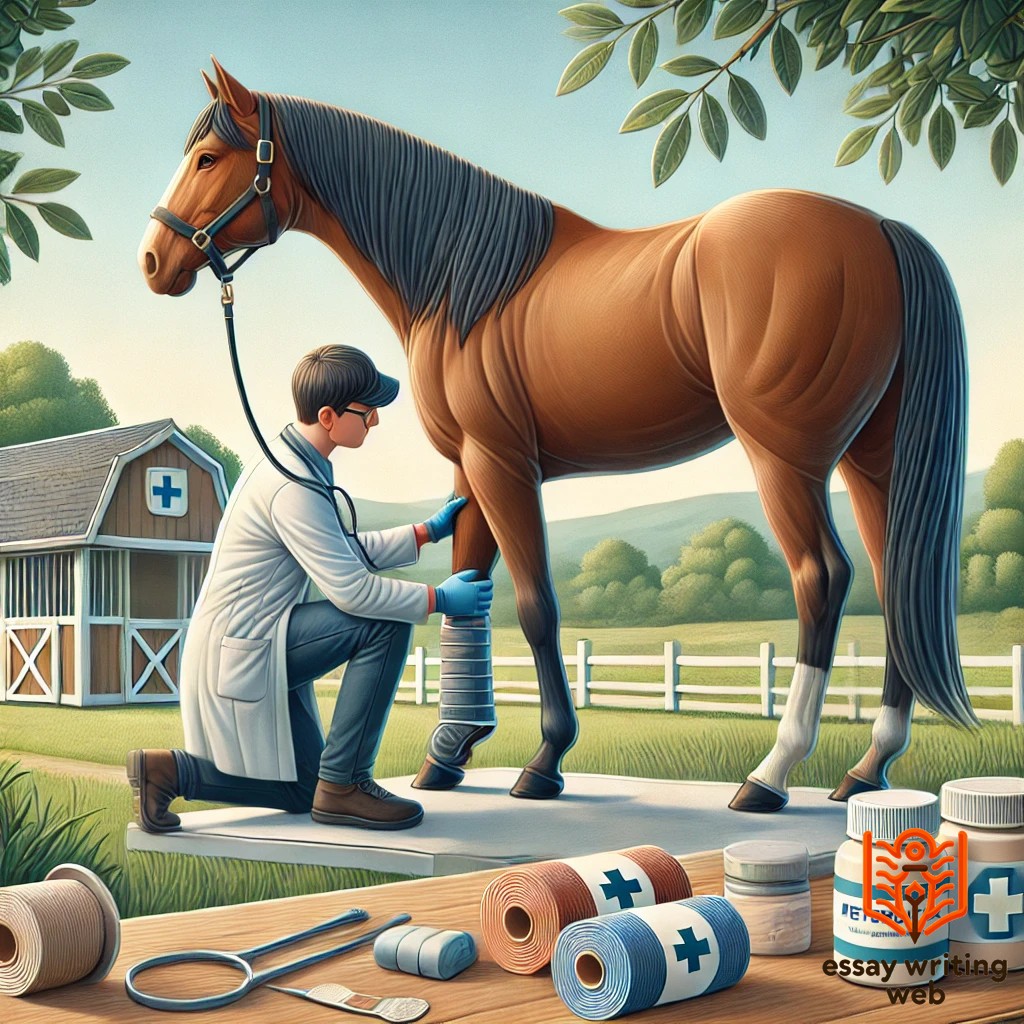
Overall, caring for horses demands commitment but also rewards with companionship and trust. Proper care ensures horses live healthy, happy, and fulfilling lives.
Horses have been deeply embedded in human culture and symbolism for thousands of years, representing strength, freedom, and loyalty across various civilizations. Their presence in mythology, literature, art, and religion highlights their enduring significance in human history.
In many cultures, horses are seen as symbols of freedom due to their ability to travel vast distances with grace and power. Their speed and mobility have long been associated with the idea of breaking free from boundaries and limitations. In Native American culture, horses are revered as spiritual guides, symbolizing freedom, endurance, and connection to nature. The ability to ride a horse across open plains gave these communities an unmatched sense of liberation.
In mythology, horses often possess magical qualities or are linked to divine entities. The Greek god Poseidon was believed to have created horses, and they were often depicted in relation to gods and heroes. The winged horse Pegasus, for instance, represents divine inspiration and heroism. In Norse mythology, the eight-legged horse Sleipnir, ridden by Odin, symbolized speed, power, and supernatural abilities.
Throughout history, horses have been a symbol of nobility and strength. Knights of the medieval era rode armored horses into battle, with the horse serving as a symbol of the warrior's power. Kings and emperors throughout time have been portrayed on horseback, signifying their dominance and regal stature. Horses were often depicted in royal portraits, further cementing their connection to nobility.
In literature and art, horses are frequently portrayed as loyal and courageous companions. From novels to paintings, their representation often emphasizes qualities such as trust, bravery, and loyalty, strengthening their connection to human ideals.
Thus, horses transcend their practical uses and hold a prominent place in the cultural fabric of many societies, symbolizing both human aspirations and the natural world's beauty.
